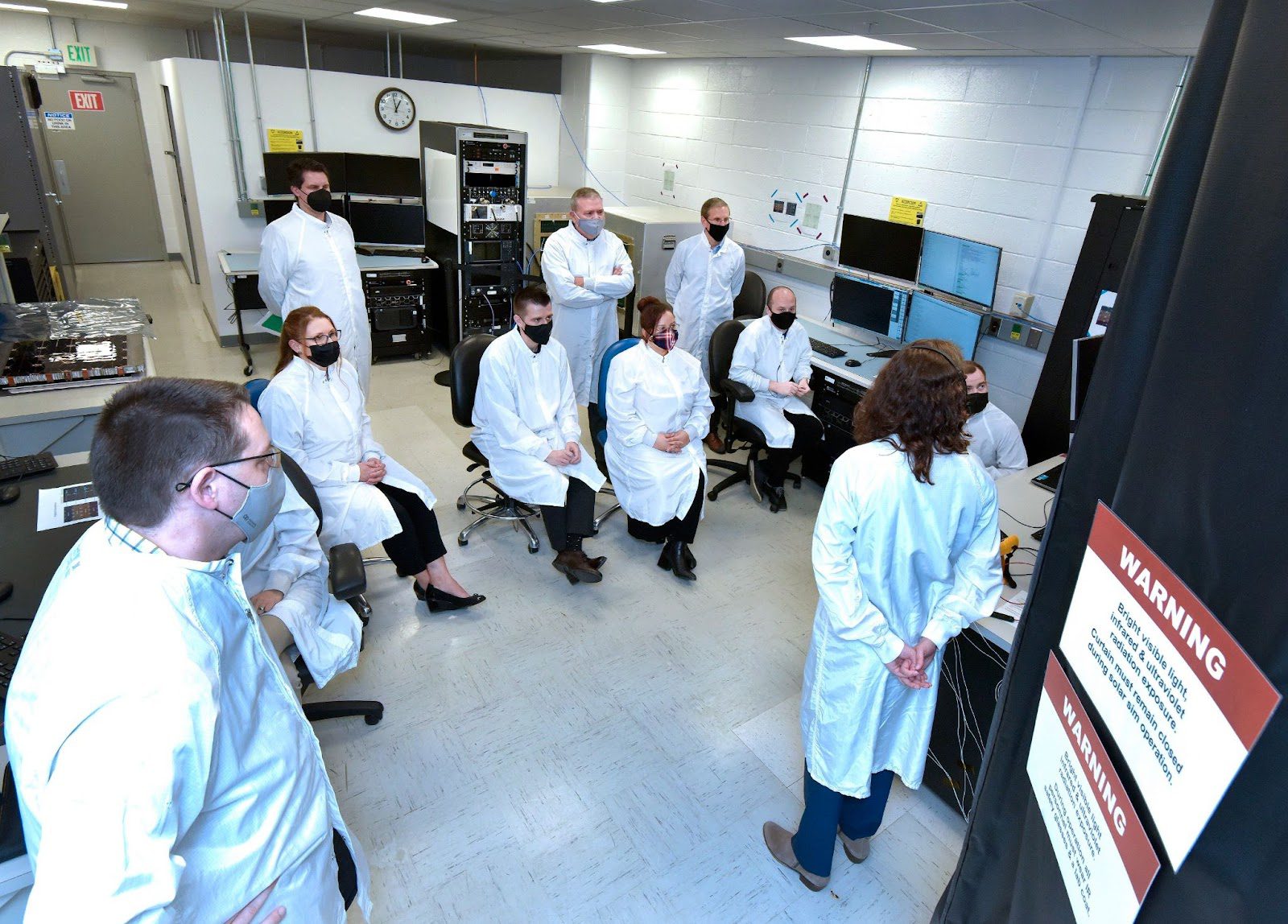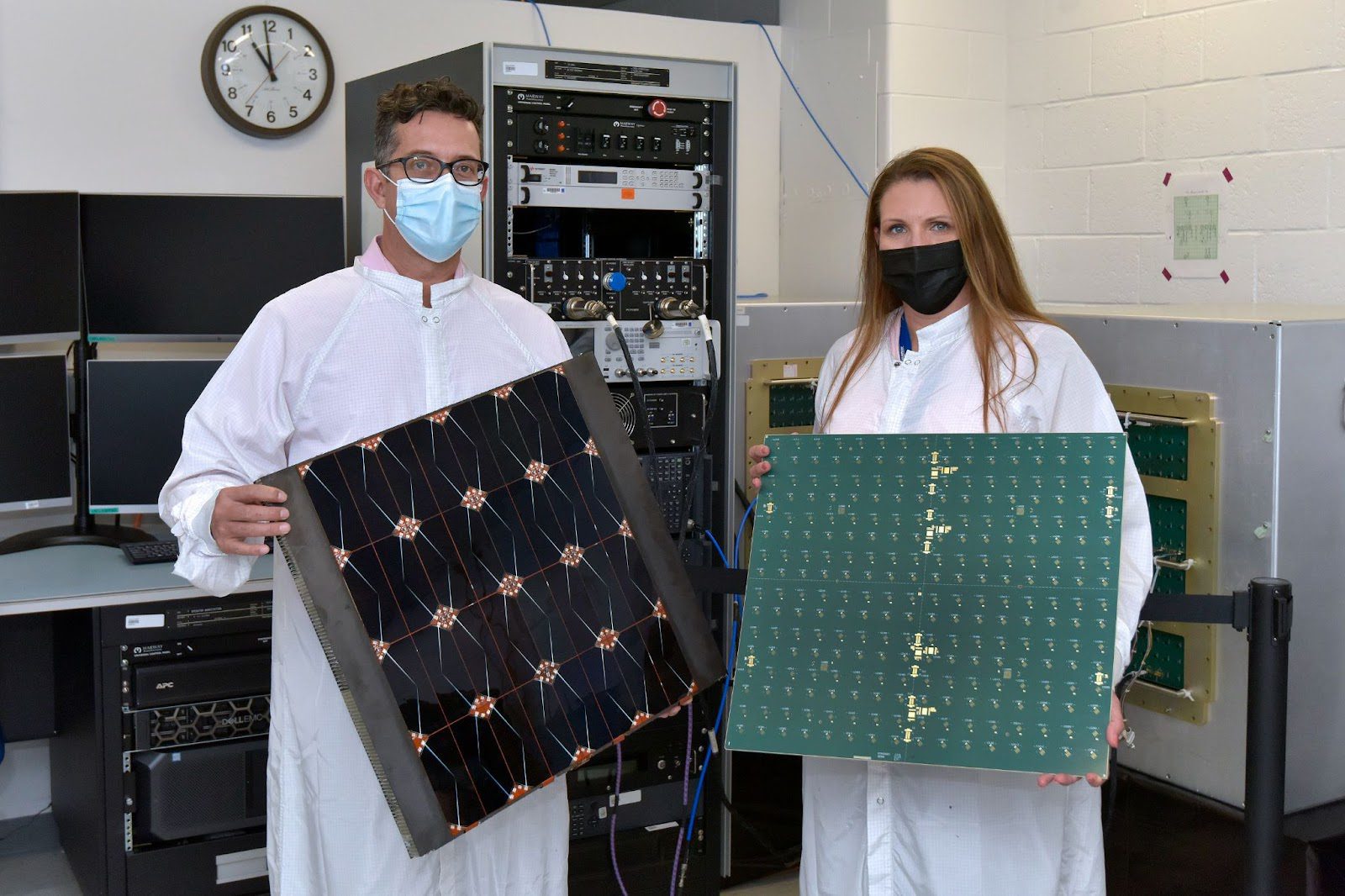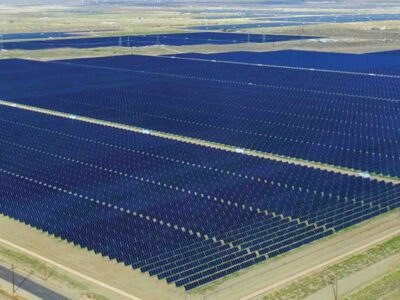Solar power has a lot of potential as an energy alternative to fossil fuels. But, what happens if we run out of land? The population is increasing, and our energy needs along with it – which in turn requires more solar panels… This loop could have changed the trajectory of the solar panel industry. At least it would have, but the innovators at Northrop Grumman had something to say about it.
What exactly does the famed defense and aerospace contractor have to do with solar panels? You guessed it – solar panels in space.
With a deployment target set for 2025, Northrop Grumman has plans, in tandem with the Air Force’s research division, to launch satellites into space to collect solar energy.

We already know that the technology of collecting solar power can work in space. Solar panels have existed on satellites for decades – prototypes like NASA’s Juno spacecraft use the sun as a power source while orbiting Saturn, and the International Space Station famously has a series of solar arrays that produce more power than is needed for day-to-day operations. We even utilize solar panels for land rovers on Mars.
The process for collecting power is tried and true at this point. So how does one go about actually transporting that energy to Earth, where it is actually needed? Batteries that are large enough to carry significant energy surplus would need to be taken to and from the satellites themselves, a nightmare of logistics that would in all likelihood be far too costly to be feasible. Considering the resources required to pull off even one successful shuttle launch, the idea of doing that at regular intervals would not work.

Thankfully, the collaboration between Northrop Grumman and the Air Force Research Lab (AFRL) has begun to bear fruit. The scientists and engineers at Northrop’s facility in Linthicum, Maryland are well on their way to developing what they call a “sandwich tile” solar collection structure that should maximize surface area for capturing the sun’s energy.
What makes this truly innovative, however, is that the energy will then be converted into radio frequency power, which can then be beamed all the way back to the earth’s surface. Once it’s received by industrial-sized antennae, it can be converted into usable energy.
It’s a technological innovation that has made its way into the consumer sphere over the last few years in the form of wireless phone charging, just on an enormous scale.
The mission, named ‘Arachne’, is the result of a $100 million federal investment into Northrop in 2018 and comes as part of a larger AFRL research and development umbrella called the Solar Power Incremental Demonstrations and Research (SSPIDR) project. “Energy is a strategic enabler and potential vulnerability for our nation and our Department of Defense,” said AFRL Space Vehicles Directorate head Col. Eric Felt. “SSPIDR is part of AFRL’s ‘big idea pipeline’ to ensure we continue to develop game-changing technologies for our Air Force, DoD, nation, and world.”





